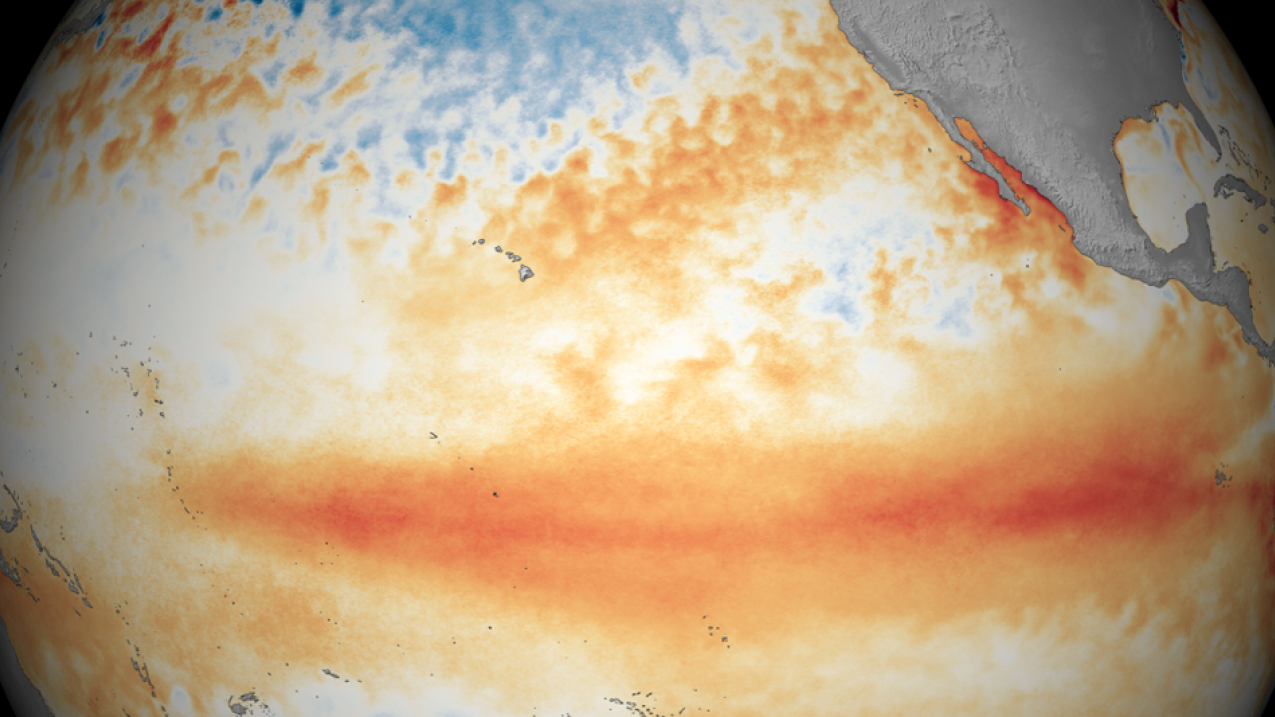NOAA issues La Niña Watch
Weather and climate patterns around the globe will see some changes as the 2015–16 strong El Niño is on the decline and predicted to end by early summer. On its heels, potentially, is La Niña.

Tropical Pacific sea surface temperature patterns for March 2016, showing El Niño conditions. (Image credit: NOAA)




